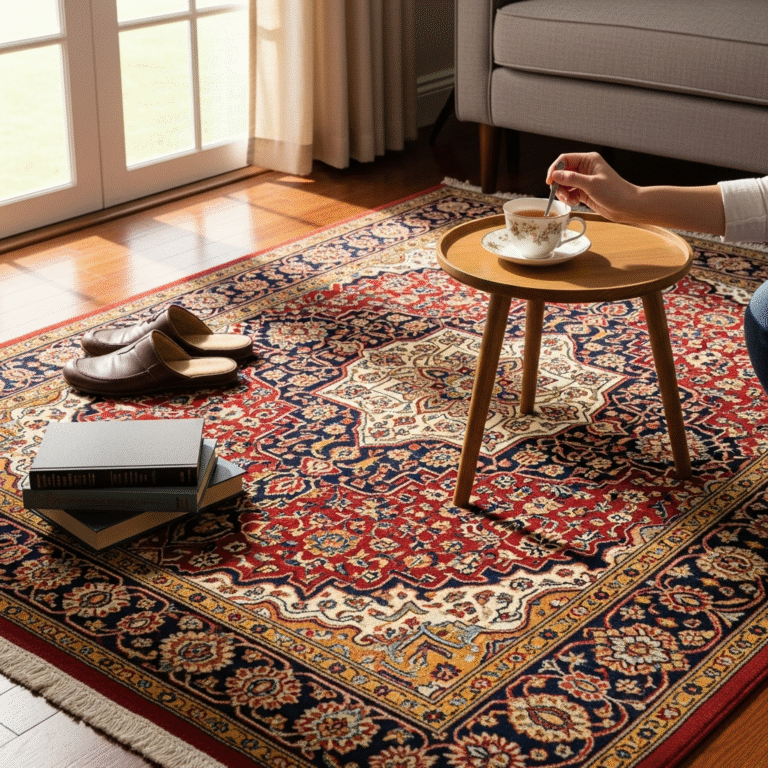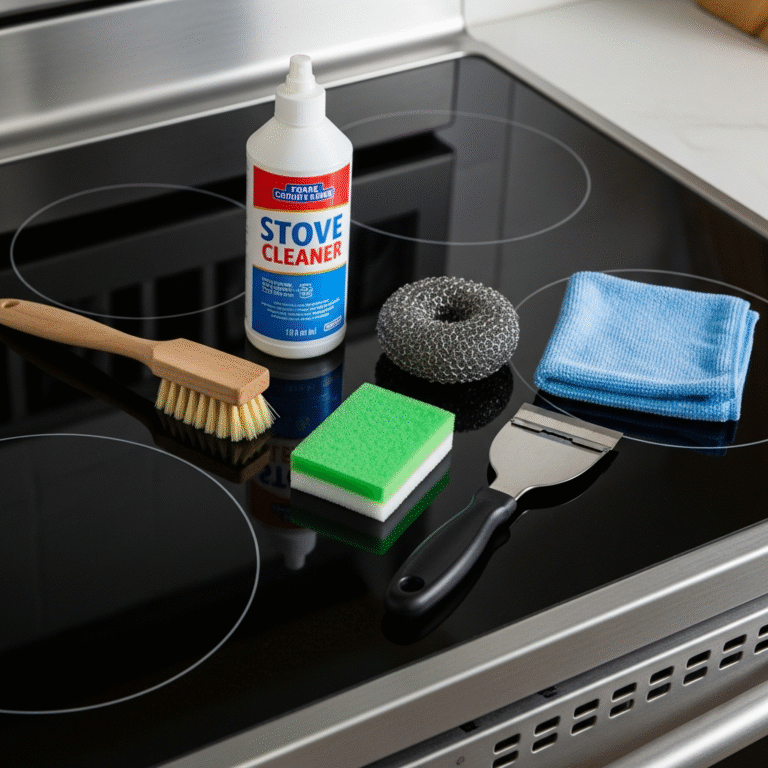Walking down the cleaning aisle, you see it: a jug labeled “Cleaning Vinegar.” It sits near the all-purpose sprays and scouring powders, looking distinctly more industrial than its culinary cousin in the condiment aisle. The question arises naturally: is this just a marketing gimmick, or is there a real, functional difference between the vinegar you put on your salad and the one you use on your shower door? The answer is simple and significant. Yes, there is a difference, and understanding it is key to using this powerful natural cleaner safely and effectively.
1.Fermentation Process
At its core, all vinegar is a solution of acetic acid and water. This acid is the active ingredient responsible for vinegar’s cleaning power. It’s created through a two-step fermentation process. First, yeast converts sugars from a plant source, like corn, apples, grapes, or grains, into alcohol. Then, a specific type of bacteria, Acetobacter, converts that alcohol into acetic acid. The final concentration of this acid is what separates one type of vinegar from another.
Let’s first consider the familiar bottle of regular distilled white vinegar, a staple in pantries everywhere. This is the product most people grab when a cleaning recipe calls for vinegar. Standard white vinegar sold for culinary purposes in North America has a strictly regulated acidity level, typically containing 5% acetic acid. This percentage is not arbitrary; it’s a balance that makes it palatable and safe for consumption while still being effective for pickling, marinading, and creating salad dressings. Because it’s food-grade, it offers a distinct peace of mind when used for cleaning in kitchen environments. You can descale your coffee maker with it and know that any residue left behind is harmless. You can wipe down your countertops or clean your microwave, confident that you aren’t introducing harsh, inedible chemicals where you prepare your food.
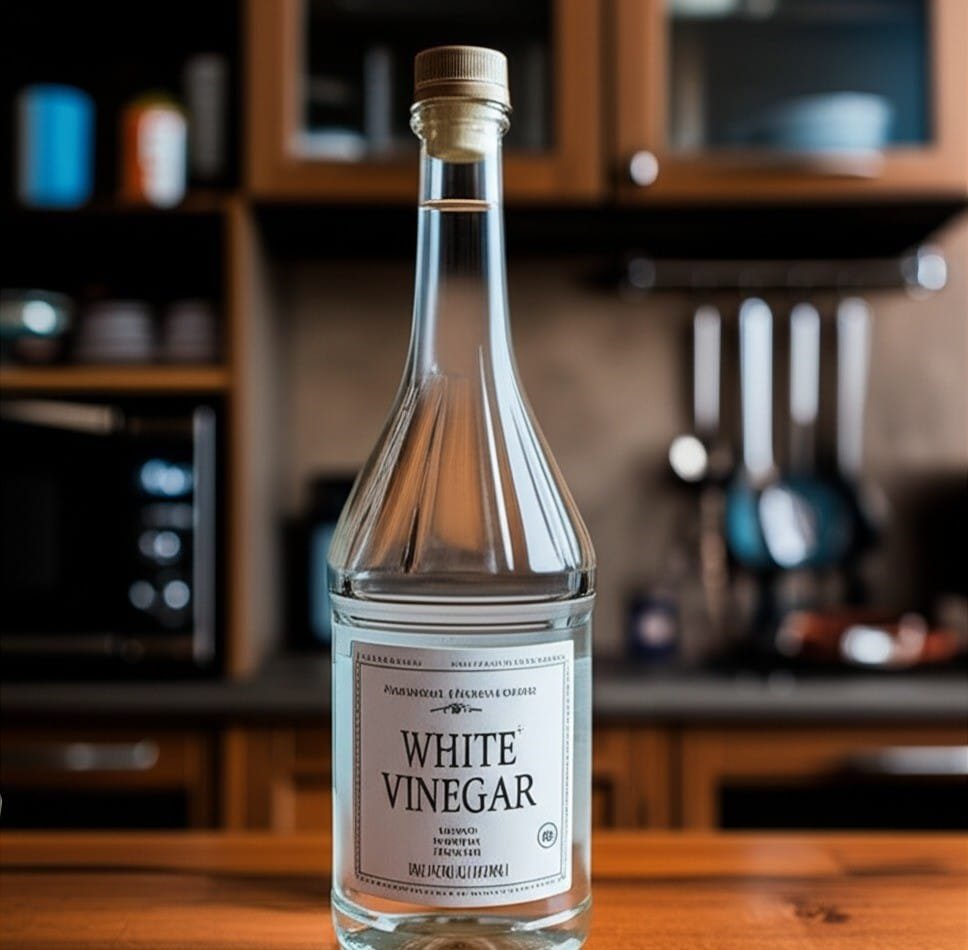
The 5% acidity of regular white vinegar is potent enough for a vast range of household cleaning tasks. Its acidic nature is excellent at breaking down and dissolving mineral deposits, which is why it works so well against hard water stains and scale buildup. When you run a cycle of vinegar and water through your coffee machine or kettle, the acetic acid goes to work on the calcium and magnesium deposits, dissolving them and flushing them away, improving the machine’s performance and the taste of your beverage. The same principle applies to cleaning shower heads clogged with scale or removing the white, chalky film that hard water leaves on glass shower doors and faucets.
2.Degreaser and Deodorizer
Furthermore, regular vinegar is an effective degreaser and deodorizer. It cuts through light grease on stovetops and backsplashes. Its ability to neutralize alkaline odors makes it a fantastic solution for eliminating smells from garbage disposals, refrigerators, or musty laundry. A small bowl of vinegar left on a counter can absorb and neutralize unpleasant cooking odors overnight. As a rinse aid in the dishwasher, it helps break down soap residue and leaves glassware sparkling and spot-free. When used in laundry, a cup in the rinse cycle can act as a natural fabric softener, breaking down detergent buildup and leaving clothes feeling softer without a waxy coating. Its applications are broad, making it a true multi-purpose workhorse for general, everyday cleaning.

Now, let’s turn our attention to the jug labeled “Cleaning Vinegar.” At first glance, it looks the same, a clear liquid, just like its culinary counterpart. The crucial difference, however, lies in its strength. Cleaning vinegar is formulated with a higher concentration of acetic acid, typically around 6% to 8%. While a jump from 5% to 6% might seem insignificant, it represents a 20% increase in acidic strength. This boost in potency makes it a more formidable opponent against tougher, more stubborn messes where regular vinegar might require more time or more scrubbing to be effective.
This increased acidity means cleaning vinegar excels at heavy-duty jobs. It cuts through thick, caked-on soap scum in bathtubs and showers with noticeably more ease. It tackles severe hard water stains on glass and fixtures that have been building up for months. For homes with very hard water, cleaning vinegar can be the difference between a frustrating scrub session and a quick, satisfying wipe-down. It’s also more effective at cleaning neglected tile grout, its higher acidity helping to lift deep-set grime and mildew stains. Some people even use it as a more natural alternative to chemical herbicides for killing weeds that pop up in the cracks of driveways and sidewalks, as the stronger acid is more effective at desiccating the plant life.
3.Not For Consumption
However, this increased power comes with important caveats, primarily concerning safety and surface compatibility. The most critical distinction is that cleaning vinegar is not produced to be food-safe. It is not intended for consumption, and it should never be used in cooking or food preparation. Its production is not regulated by food safety standards, and it may contain impurities not present in distilled white vinegar. The label will almost always include a warning: “Not for consumption.”
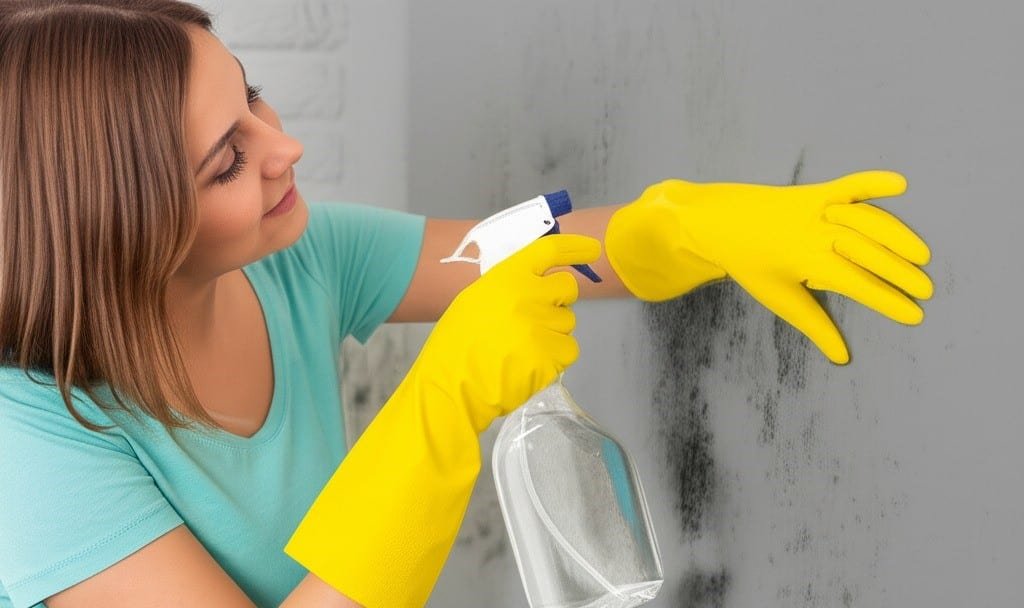
The stronger concentration also means it releases more potent fumes. When using cleaning vinegar, especially in enclosed spaces like a bathroom, proper ventilation is not just recommended, it’s essential. Opening a window or running an exhaust fan helps to dissipate the strong acidic smell and prevents irritation to the respiratory system. For individuals with sensitivities, the fumes from cleaning vinegar can be overwhelming. It’s also more likely to cause skin and eye irritation upon direct contact. Wearing gloves is a wise precaution to protect your hands, and care should be taken to avoid splashing it into your eyes.
The heightened acidity also increases the risk of damaging certain surfaces. While all vinegar should be used with caution on sensitive materials, cleaning vinegar requires even greater care. It should never be used on natural stone surfaces like marble, granite, travertine, or limestone. The acid, even when diluted, will etch and dull the surface, causing permanent damage. It’s also too harsh for unsealed grout, as it can eat away at the material over time. Hardwood floors are another no-go area; the acid can strip the finish and damage the wood itself. The same goes for cast iron and aluminum, as the acid can cause pitting and corrosion. A spot-test in an inconspicuous area is always a good practice with any cleaner, but it is absolutely non-negotiable before using cleaning vinegar on a new surface.
So, which one should you keep in your home? The answer depends entirely on your cleaning needs and your tolerance for handling stronger substances.
4. 5% Acetic Acid
For the vast majority of households and for most routine cleaning, regular 5% distilled white vinegar is the ideal choice. It is inexpensive, widely available, food-safe, and effective enough for dozens of common tasks. It is the safer, more versatile option for everyday use. If you are just beginning to incorporate vinegar into your cleaning routine, start with the standard white vinegar from the grocery aisle. It will likely handle 90% of the jobs you throw at it, from wiping down windows to deodorizing your laundry. Its gentler nature means you are less likely to inadvertently damage a surface, and its safety in the kitchen is a significant benefit.
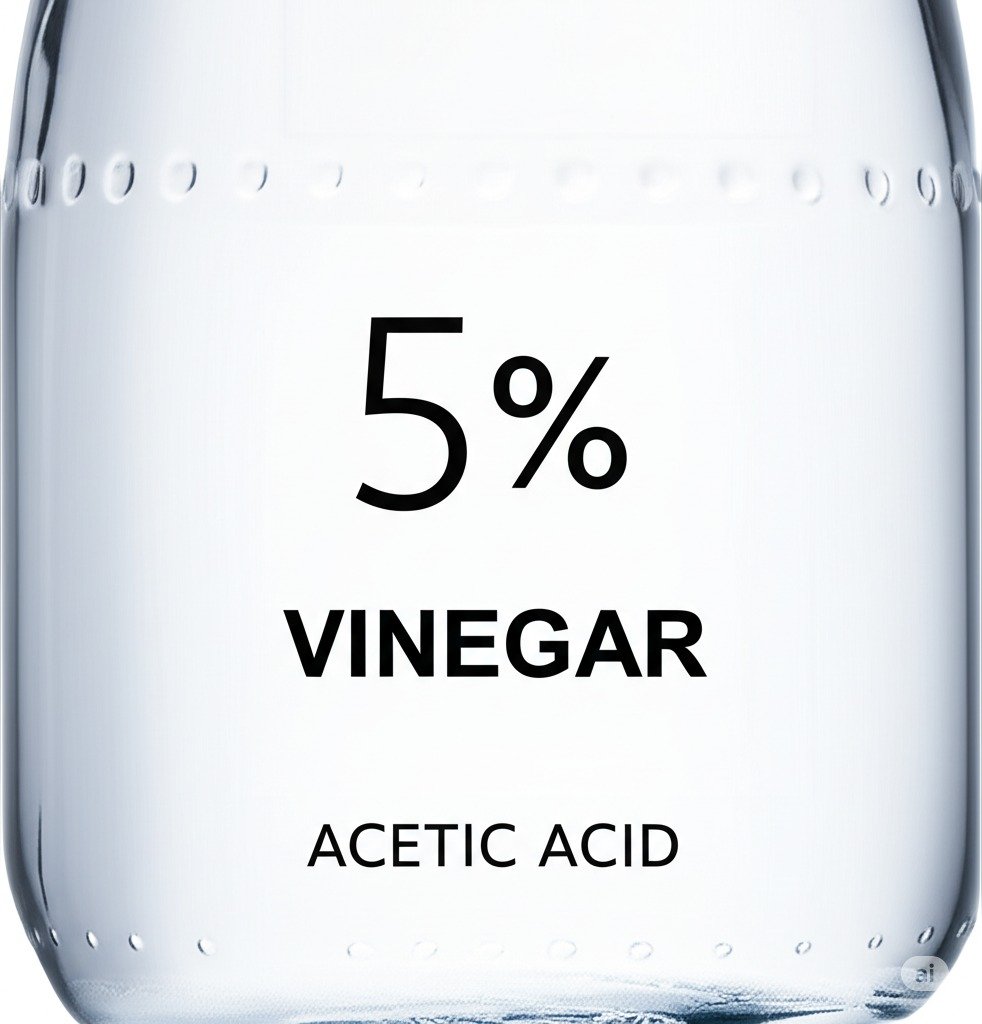
You should consider purchasing cleaning vinegar only if you face specific, recurring, and challenging cleaning problems. If you live in an area with extremely hard water and are constantly battling thick scale on your fixtures and shower doors, the extra power of 6% vinegar can save you significant time and effort. If you have a bathroom with persistent soap scum buildup that doesn’t respond well to other cleaners or regular vinegar, the stronger formulation might be the solution you need. It is a specialized tool for targeted, tough jobs, not an all-purpose replacement for its 5% counterpart.
Regardless of which vinegar you choose, a few universal rules apply to using it effectively. Diluting vinegar with water, often in a 1:1 ratio in a spray bottle, is standard practice for most cleaning tasks. This tempers its acidity, making it safer for more surfaces while still being effective. For heavy-duty tasks like descaling, you might use it undiluted, but for general surface cleaning, dilution is your friend.
5.Mixtures
The most critical safety rule, which cannot be overstated, is to never, ever mix vinegar with chlorine bleach. This combination creates toxic chlorine gas, which is extremely dangerous and can be fatal if inhaled. Similarly, mixing vinegar with hydrogen peroxide creates peracetic acid, a corrosive substance that can irritate the skin, eyes, and respiratory system. Stick to using vinegar on its own or diluted with water. After cleaning with vinegar, especially on surfaces that might be sensitive to prolonged acid exposure, it’s often a good idea to rinse the area with plain water to neutralize any remaining acidic residue.
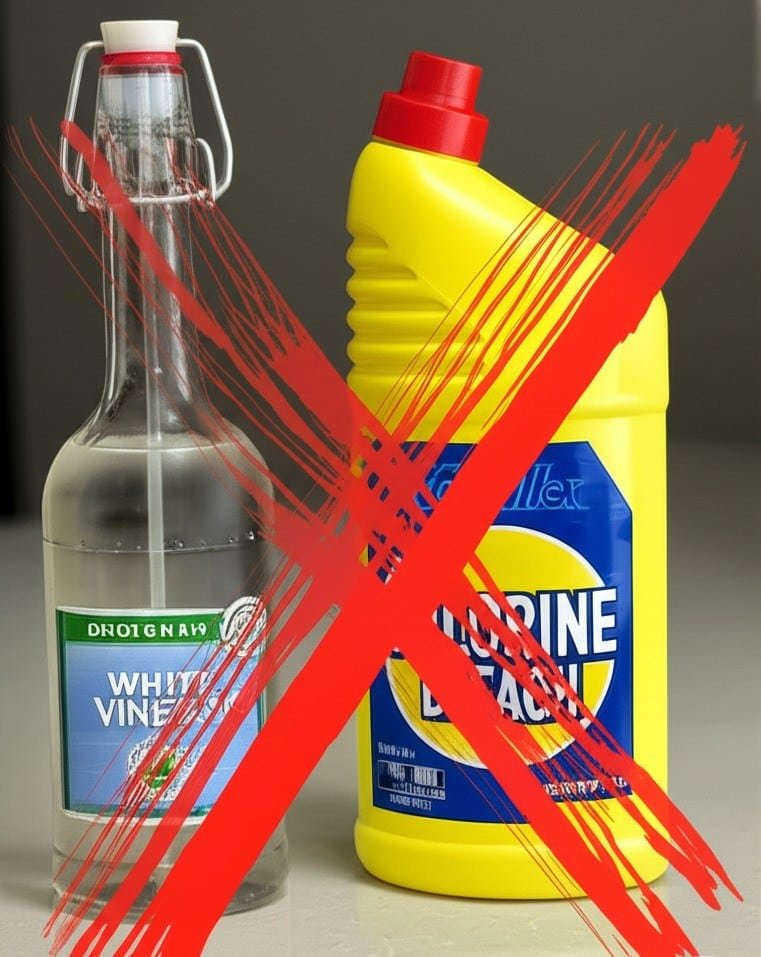
In summary, the choice between cleaning vinegar and regular vinegar is a choice between a general practitioner and a specialist. Regular white vinegar is your reliable family doctor—versatile, safe, and capable of handling a wide array of common ailments. Cleaning vinegar is the specialist you call in for a specific, persistent issue that requires a more potent treatment. It’s more powerful, but it also comes with greater risks and requires more careful handling. By understanding that the fundamental difference is simply a higher concentration of acetic acid, you can make an informed decision, selecting the right tool for the job and ensuring your home is not only clean but also cared for correctly.
Understanding the difference between cleaning vinegar and regular vinegar is key to effective, safe cleaning. While regular 5% vinegar is a versatile, food-safe tool for daily tasks like descaling and deodorizing, the stronger 6% cleaning vinegar is designed to tackle tough grime and heavy mineral deposits but requires careful handling and is not for consumption. For those jobs that require more than just the right vinegar and need guaranteed professional results, Toronto Shine Cleaning offers expert services to make your space immaculate.














